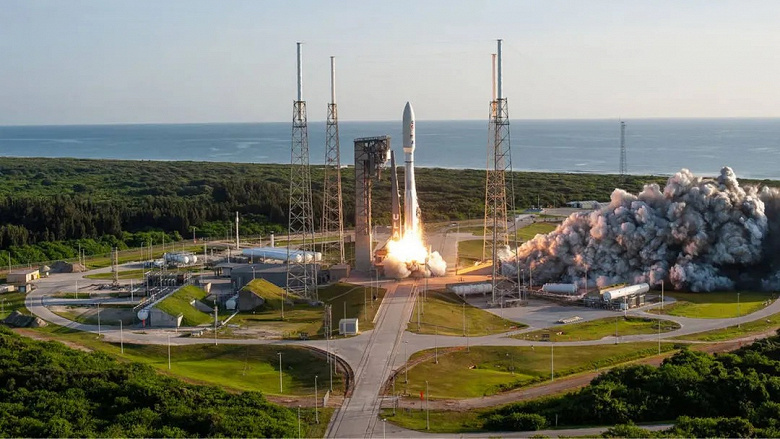Introduction and Background
The Federal Aviation Administration (FAA) has implemented a temporary prohibition on daytime space launches within the United States, effective November 10. This new mandate restricts all commercial launches to occur only at night, between 10:00 PM and 6:00 AM Eastern Time (03:00–11:00 GMT). This decision emerges against the backdrop of a prolonged budget crisis and a suspension of federal operations, ongoing since October 1st. These measures aim to alleviate the strain on the air traffic management system during a time when many air traffic controllers and technical staff are working without pay, heightening the risk of errors and delays.
Impact on Launch Sites
The FAA’s ruling affects key launch facilities across Florida and California-specifically, the Kennedy Space Center, Cape Canaveral Space Force Station, and Vandenberg Air Force Base-significant nodes for both commercial and governmental space initiatives. With these sites under restriction, companies must navigate the loss of daytime launch windows and pivot to competing for limited nighttime slots. This adjustment holds pronounced implications for SpaceX, which conducts multiple launches weekly, as well as for United Launch Alliance (ULA) and Blue Origin, whose missions already encounter technical and weather-related rescheduling challenges.
Industry-Wide Ramifications
A critical mission affected by the new rules is NASA’s ESCAPADE, orchestrated with Rocket Lab and Blue Origin. Initially scheduled for a November 9 launch at 2:45 PM Eastern Time, any postponement threatens to miss the interplanetary window if the FAA’s directive remains, potentially delaying the mission by years.

Source: NASA/Tony Gray, Tim Powers
Broader Effects and Expert Opinions
The budget crisis has induced severe operational paralysis in federal agencies, with 95% of NASA’s 15,000 employees furloughed, retaining only critical operations. A similar scenario is unfolding in the Transportation Security Administration, where personnel work unpaid shifts. Amid rising staff exhaustion, the FAA seeks to balance airspace safety with limited resources. Acting NASA Administrator and U.S. Transportation Secretary Shawn Duffy endorsed the FAA’s decision, emphasizing its role in mitigating risks under unprecedented operational strain. According to Duffy, prioritizing aviation over additional space activities is a necessary, albeit temporary, measure to maintain flight stability.
Future Outlook and Conclusion
Analysts underscore that this nighttime launch regime may fundamentally alter the industry’s rhythm, necessitating rigorous coordination with the FAA. Concentrating launches in condensed timeframes complicates planning and escalates pressure on remaining aviation infrastructure. Should funding issues persist unresolved, this provisional ‘curfew’ on launches risks cementing itself as a new standard, threatening not only commercial plans but also the pace of NASA’s scientific launch programs.





